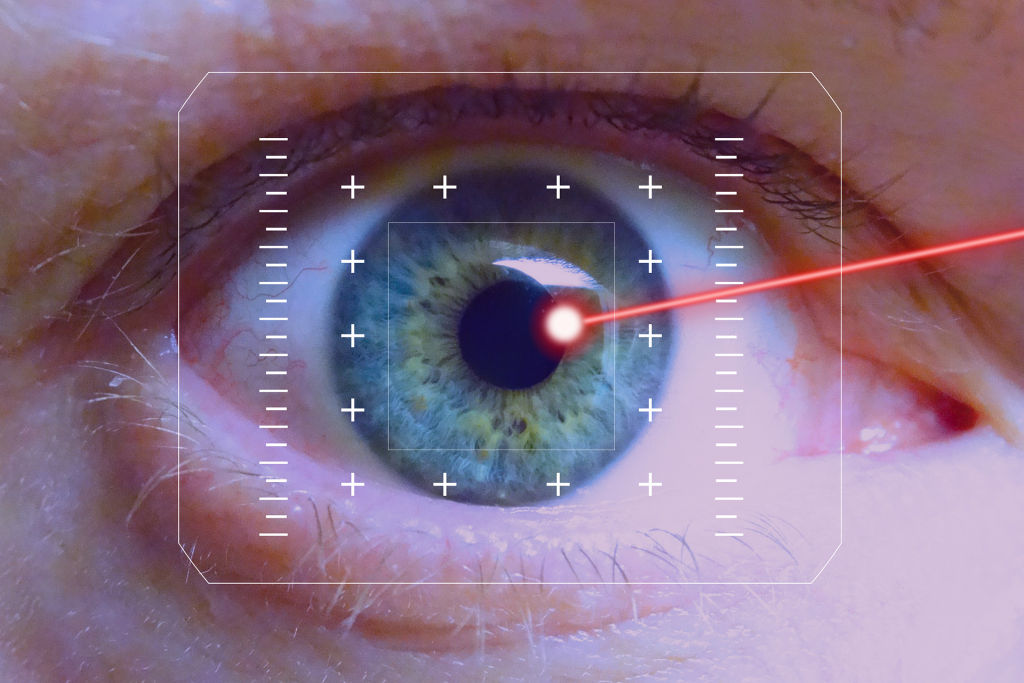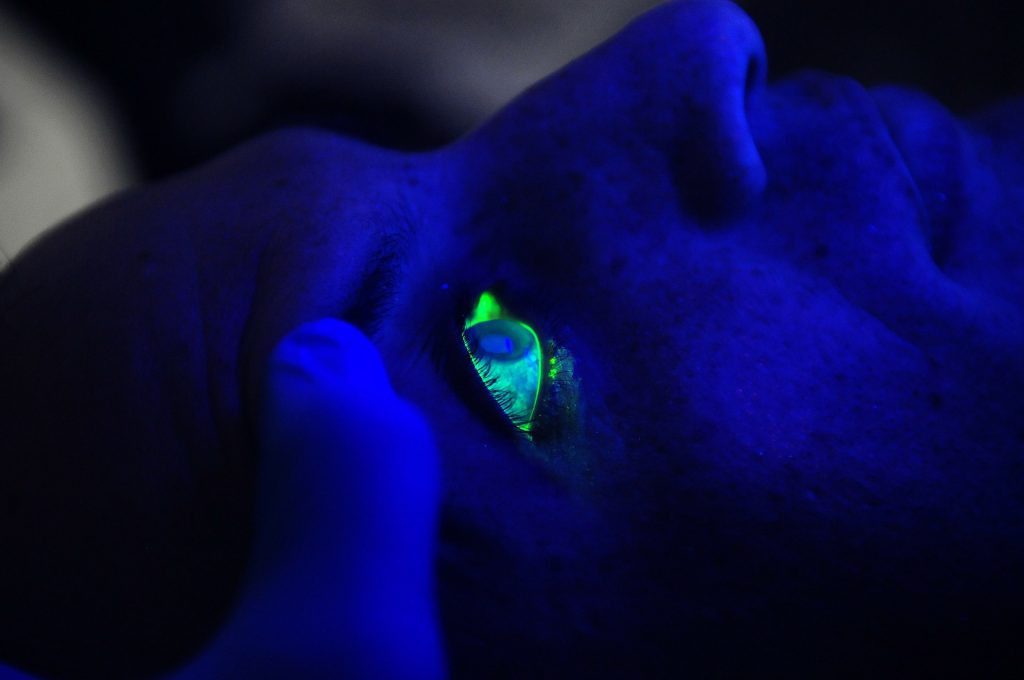What Are the Different Types of Laser Eye Surgery I Can Get?

Getting a laser eye surgery is not a personal choice – it is recommended by an eye surgeon who will look at your eyes and will recommend the most appropriate treatment for you. Hence, treatment will vary from one person to another.
But, since there is a wide range of laser eye surgery available, we’ll cover each of them so you have a general idea of what you are getting into.
1. Laser Assisted In-Situ Keratomileusis (LASIK)

What Is It Used for?
LASIK is a refractive surgery that is commonly used to treat myopia, hyperopia, astigmatism, and presbyopia.
Tell Me More
Laser-Assisted In-Situ Keratomileusis is generally preferred to other refractive surgeries. Not only does it have the quickest recovery period, but it is also blade-free and offer patients 20/20 vision on the next day itself. Furthermore, out of all the laser surgery methods, it has the least discomfort in the recovery period.
2. Photo Refractive Keratectomy (PRK)
What Is It Used for?
Photo Refractive Keratectomy is a refractive surgery used for treating myopia, astigmatism, and presbyopia.
Tell Me More
Although it has now been replaced by LASIK, PRK is the original laser eye surgery technique that can still be used to treat some people with thin corneas. As a blade-free technique, this surgery is very successful at treating and correcting myopia (which is near-sightedness) and astigmatism.
3. Advanced Surface Ablation (ASA)
What Is It Used for?
Advanced Surface Ablation is a refractive type of surgery that treats myopia, astigmatism, and presbyopia.
Tell Me More
The technique involved in Advanced Surface Ablation laser eye surgery is very similar to the Photo Refractive Keratectomy, except in the way it reshapes the cornea. Instead, it uses the Zeiss excimer laser Advanced Surface Ablation program to do that.
4. Laser Assisted Sub-Epithelial Keratomileusis (LASEK)
What Is It Used for?
Also similar to PRK, Laser-Assisted Sub-Epithelial Keratomileusis is a refractive surgery used for treating myopia, astigmatism, presbyopia.
Tell Me More
Although it is similar to PRK in the way that it separates the corneal epithelium from the underlying stromal layer, it differs from it in a very specific way: It does not involve removing and discarding the ultra-thin “flap” of the epithelium. Instead, the tissue is pushed off to one side of the cornea and stays attached to the eye.
5. EPIthelial Laser Assisted In-Situ Keratomileusis (EPI-LASIK)
What Is It Used for?
EPI-LASIK is a refractive surgery meant for treating myopia, astigmatism, presbyopia.
Tell Me More
Just like in PRK, in EPIthelial-LASIK, the epithelium flap is separated from the underlying corneal layer, also known as the stroma. This is done through the use of an instrument called an epithelial separator.
6. Laser Blended Vision (LBV)
What Is It Used for?
Laser Blended Vision is a refractive surgery that is used for treating presbyopia.
Tell Me More
Through the use of mono-vision with the dominant eye treated for distance and the non-dominant eye treated for near, LBV is a treatment that can give over patients 45-year-olds distance and reading vision.
7. Small Incision Lenticule Extraction (SMILE)
What Is It Used for?
Small Incision Lenticule Extraction is a laser eye surgery that treats high myopia.
Tell Me More
SMILE is a blade-free technique that uses a femtosecond laser to create a lens-shaped disc of tissue within the cornea. This technique corrects vision but usually results in relatively slow visual recovery.
8. Photo Therapeutic Keratectomy (PTK)
What Is It Used for?
PTK can be used to treat recurrent epithelial erosion syndrome, basement membrane disorder, and corneal scarring.
Tell Me More
Photo Therapeutic Keratectomy is a laser treatment that uses a laser to polish the corneal surface by removing any irregular tissue.
9. Neodymium-Yttrium Aluminium Garnet (YAG)
What Is It Used for?
YAG, or neodymium-Yttrium Aluminium Garnet, is a laser eye surgery treating secondary cataract.
Tell Me More
This surgery is effective for the treatment of posterior capsule opacity (PCO), also known as ‘secondary cataracts’. It replaces the cloudy lens from the eye with an artificial lens and provides fast and painless treatment as it can be performed in the consulting room.
10. Selective Laser Trabeculoplasty (SLT)
What Is It Used for?
SLT, which stands for Selective Laser Trabeculoplasty, is a laser eye surgery that can be used to treat Glaucoma.
Tell Me More
Patients with glaucoma have to resort to Selective Laser Trabeculoplasty when eye drop medications are not lessening the eye pressure enough or are causing significant side effects. SLT is able to lower intraocular pressure in glaucoma and considerably help patients.
11. Pan Retinal Photocoagulation (PRP)
What Is It Used for?
PRP is a laser eye surgery that is used for treating diabetic eye disease or eye conditions, also known as diabetic retinopathy.
Tell Me More
Pan Retinal Photocoagulation, or PRP, is not a surgery that can improve eyesight. Instead, it is used to prevent further visual loss. As the name suggests, Pan Retinal Photocoagulation causes photocoagulation in the retina. It also decreases the overall oxygen demand for the eye.



